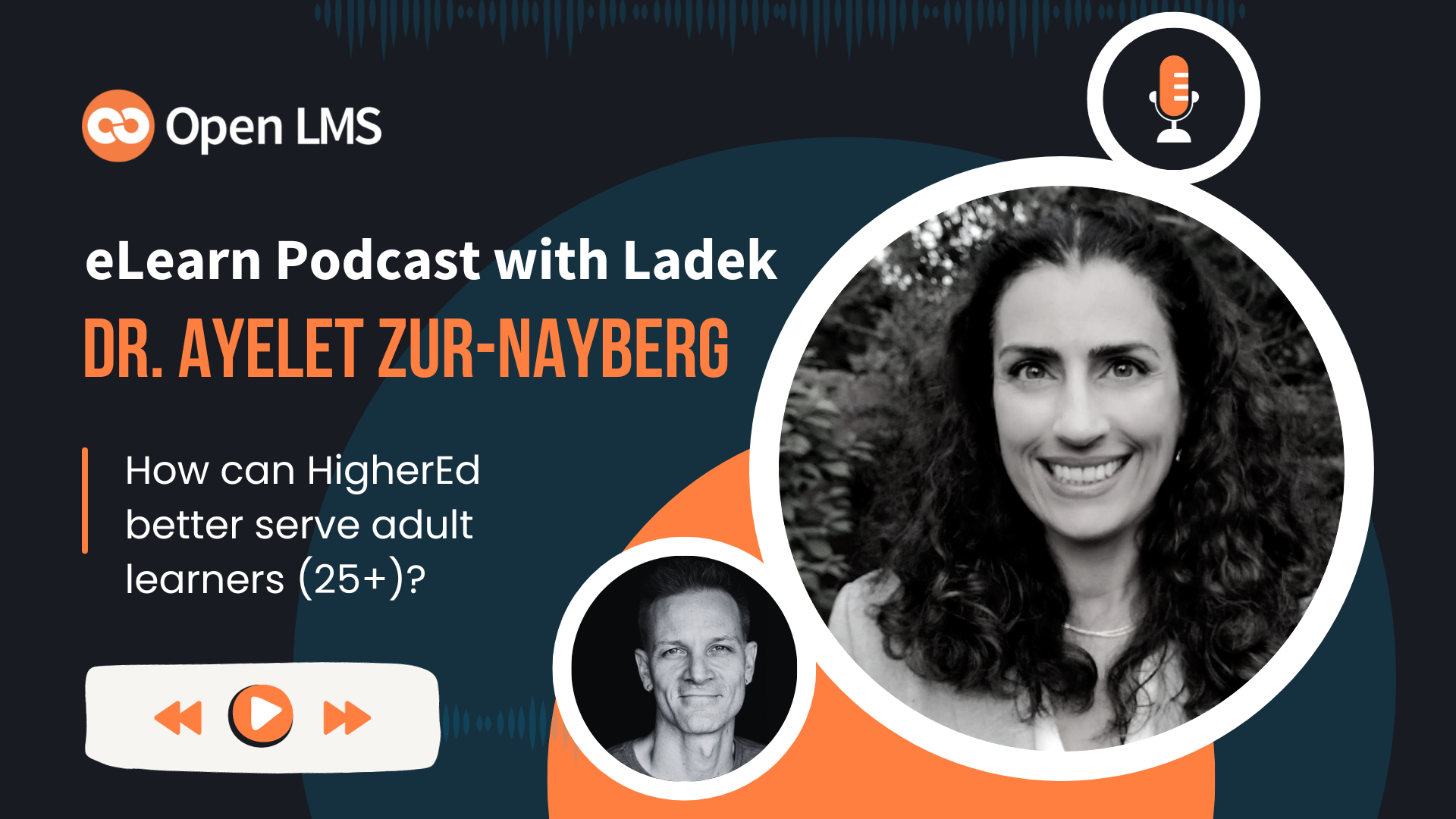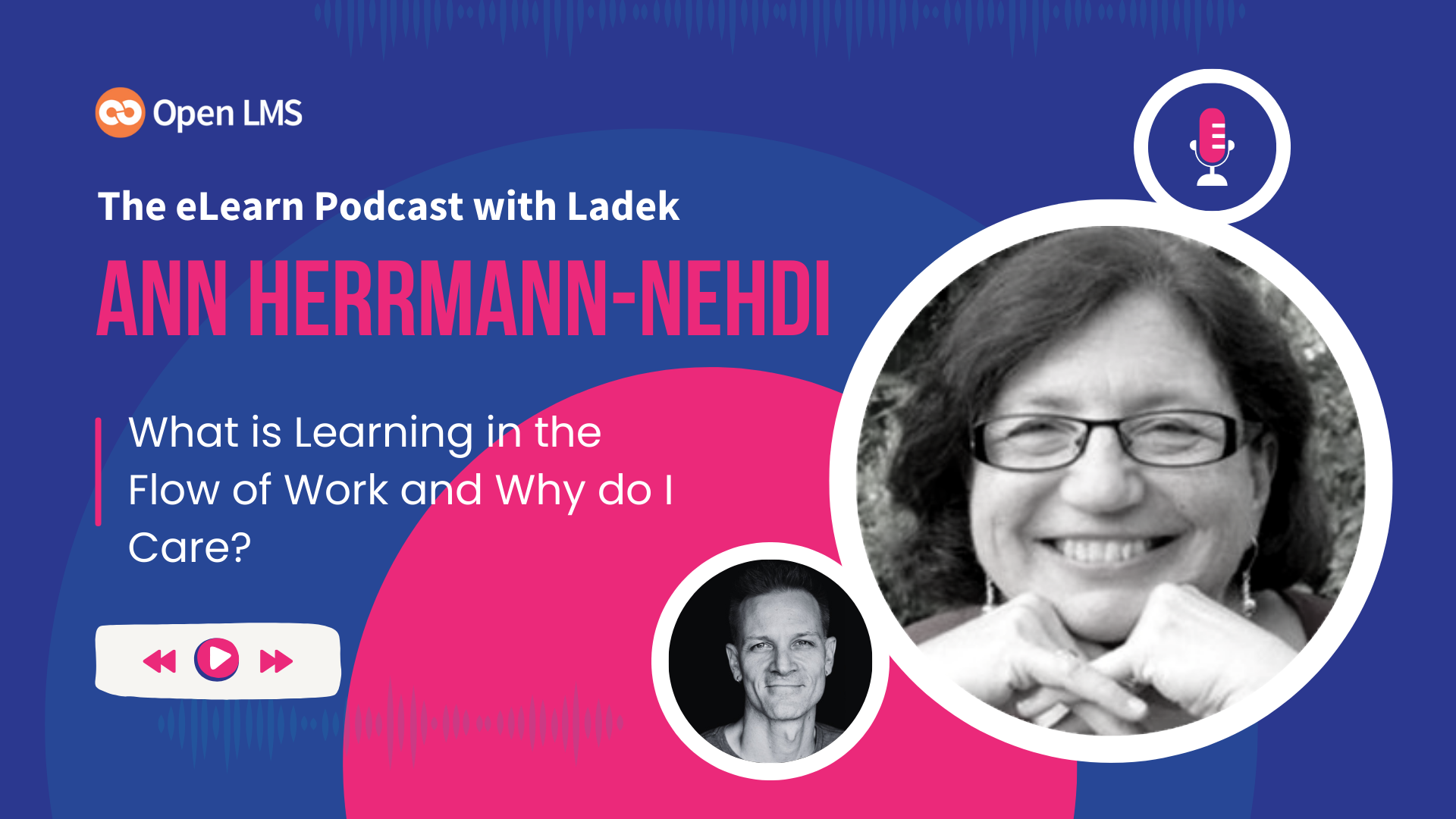If you’re like most educators, you’re always looking for new and innovative methods to promote your virtual learning platform experience. Whatever your experience is —including an eLearning technology or platform—, there is always opportunity for user discovery and promotion on Google using off-page SEO tools.
There are numerous factors that are taken into account when coming up with the proper promotion strategy in eLearning. When it comes to Google and general search engine optimization, factors may include what keywords will be used, the level of competition, and the costs you are inclined to pay. Digital marketing platforms often work on auctions, where cost per click raises for popular keywords, higher purchasing power of the targeted audience, even the time of day.
But let us take a step back. Why should an educator be concerned about digital marketing? Wouldn’t it make more sense to devote your time to getting to know your learners, building compelling educational content, managing performance and outcomes? Well guess what: These are critical digital marketing operations! Master SEO or other skills the right way, and you’ll be doing wonders for the quality of your virtual learning experience.
This article will give you an insight into how to promote online training courses for students on Google.
№ 1. Create an engaging landing page for your course
Think of a landing page of an “amped up” syllabus. Take advantage of your students’ first impression to map their learning journey, tell the story of what drove you towards the subject, and illustrate the impact and meaning of the competencies, once acquired.
In order to produce an engaging landing page for your course, you need to consider a few key elements.
- First, it’s important to have a potent headline that communicates the value of your course.
- Make certain to include a compelling copy that outlines what students will learn in the course.
- It’s essential to finish off with a strong call-to-action (CTA) so potential students know how to sign up for your class.
What else should you add to your learning course landing page? When in doubt, “less is more” does not really apply here.
Using a video to introduce yourself and give a brief explanation of what the course is about is always a good idea. But make sure to include a text version of all the content covered in the video, as search engines can’t quite index video content yet.
Describe the course contents, and who your course is for. Include expected skill levels and the outcome they will get from the course. Feeling bold? Dare to include a “Who this course is NOT for” section.
Include any special requirements for enrolling, deadlines if applicable. Use a backlink building software such as linksmanagement to draw traffic to your registration form. But exert caution about purchasing traffic and building irrelevant backlinks for its own sake; not only it might be a waste of money and Google will likely ignore them, but it can actually penalize you.
№ 2. Use email marketing to build a steady stream of recurrent visitors
In the attention economy of today, you cannot count on a slick website for your visitors to remember you exist. Luckily, some of the best proven strategies to “nurture” an audience have an educational component at the core. So you have a leg up!
Email marketing can be instrumental to aim for a target audience, maintain it, and leverage it to boost your online course goals. Unlike social media, your subscribers are guaranteed to still find you—no algorithms meddling in your relationship.
Make sure your email list is up-to-date. Don’t be afraid to do a regular cleanse, removing unresponsive contacts. Send out relevant, engaging content; you can even test ideas that can become content\lesson pillars on your course or page. Email marketing is also a splendid tool for sales: You already know that your subscribers are interested, so test out new products, promotions, cross and up-selling strategies. Just remember the educational element in every communication piece.
There are a number of recommended practices for online course promotion using email marketing. Read more to find out some tips to get you started:
- Create a compelling, short, poignant subject line that grabs attention and makes recipients want to learn more.
- In the body of your email, be sure to include key information about your course, such as what students will learn and how it can benefit them. Be concise, and don’t put everything out: Give them a reason to visit your platform.
- Use positive language throughout your email to create excitement about the course. Don’t be afraid to share small, yet complete bites of your lesson.
- Last, but not least, your CTA: Make it easy for recipients to go by including a link directly to your registration page.
Find interesting articles related to your course content and send them to the corresponding list segment of your subscribers. Your subscribers will be able to read the articles you are referring to, as well as know where to buy the course.
№ 3. Use Google to drive new traffic to your site—not just Search
There’s no doubt that Google is the big player when it comes to search engines. And when you’re trying to drive traffic to your virtual learning platform, utilizing Google is essential. But how do you go about using Google to get new visitors? Here are some tips.
Use Google’s various positioning and advertising outlets: Images, Videos, Maps
If you’re looking to lure new traffic to your virtual learning platform, Google the no-brainer place to start. Utilizing Google’s various search tools (e. g. Images, Videos, Maps), you can reach a whole new audience of potential learners. There’s free and paid for varieties which you can test out and spend on depending on your goals and time horizon. So what are you waiting for? Start driving some new traffic today!
Use keyword-rich titles and descriptions
When it comes to driving new traffic to your virtual learning platform, there’s no tool more powerful than Google. By using keyword-rich titles and descriptions, you can ensure that your platform appears at the top of search results, making it easier for potential students to find and enroll in courses.
Leverage Google My Business
Leveraging Google My Business is an underappreciated tool to drive new traffic to your virtual learning platform. By optimizing your listing with photos, videos, and other content, you can attract new users and get them excited about your platform. Additionally, GMB offers features like Insights and Posts that can help you better understand how customers are interacting with your business online.
Generate quality content
If you’re looking to compel new traffic to your virtual learning platform, then one of the best routes to do so is by creating quality content. Not only will this help attract new visitors, but it can also encourage people to return in the future. One terrific method to generate quality content is by using Google Search Console. This service can help you discover popular keywords that customers are searching for in relation to your course. Once you know what people are interested in, it’s simply a matter of building content that meets those needs.
№ 4. Social media is a grand way to draw new traffic to your service
As an online course creator, you understand that social media channels are a powerful marketing tool. But how can you use it to drive traffic to your course? Platforms like Facebook, Twitter, and LinkedIn offer vast potential audiences with you to share your content. And if used correctly, social media can be a grand practice to draw new traffic (and enrolments) to your course. So how can you make the most of social media when promoting your online course? First up, consider which platforms will work best for you and your target audience.
Include a link to your course in the posts
If you’re looking for a course to drive new traffic to your online course, social media is a wonderful option. By including a link to your course in your posts, you can reach a wider audience and get more people interested in what you have to offer.
Make certain the posts are eye-catching and include attractive visuals
As an online course creator, it’s essential to find new paths to drive traffic to your website and promote your courses. Social media is an eminent platform for doing this, but you need to make certain that your posts are eye-catching and include attractive visuals. One method to make sure your social media posts stand out is by using high-quality images and videos. Be creative with how you use them – instead of simply posting a link to your latest blog post, try creating a short video or graphic that highlights the key points.
Final Thoughts
Online course promotion is a superb way to get the word out about your course and generate enrollments. There are a number of ways to promote your course, and the most effective approach will vary depending on your course and target audience. By using a variety of promotional tactics, you can reach a larger number of potential students and increase your chances of enrollment.









11 Responses